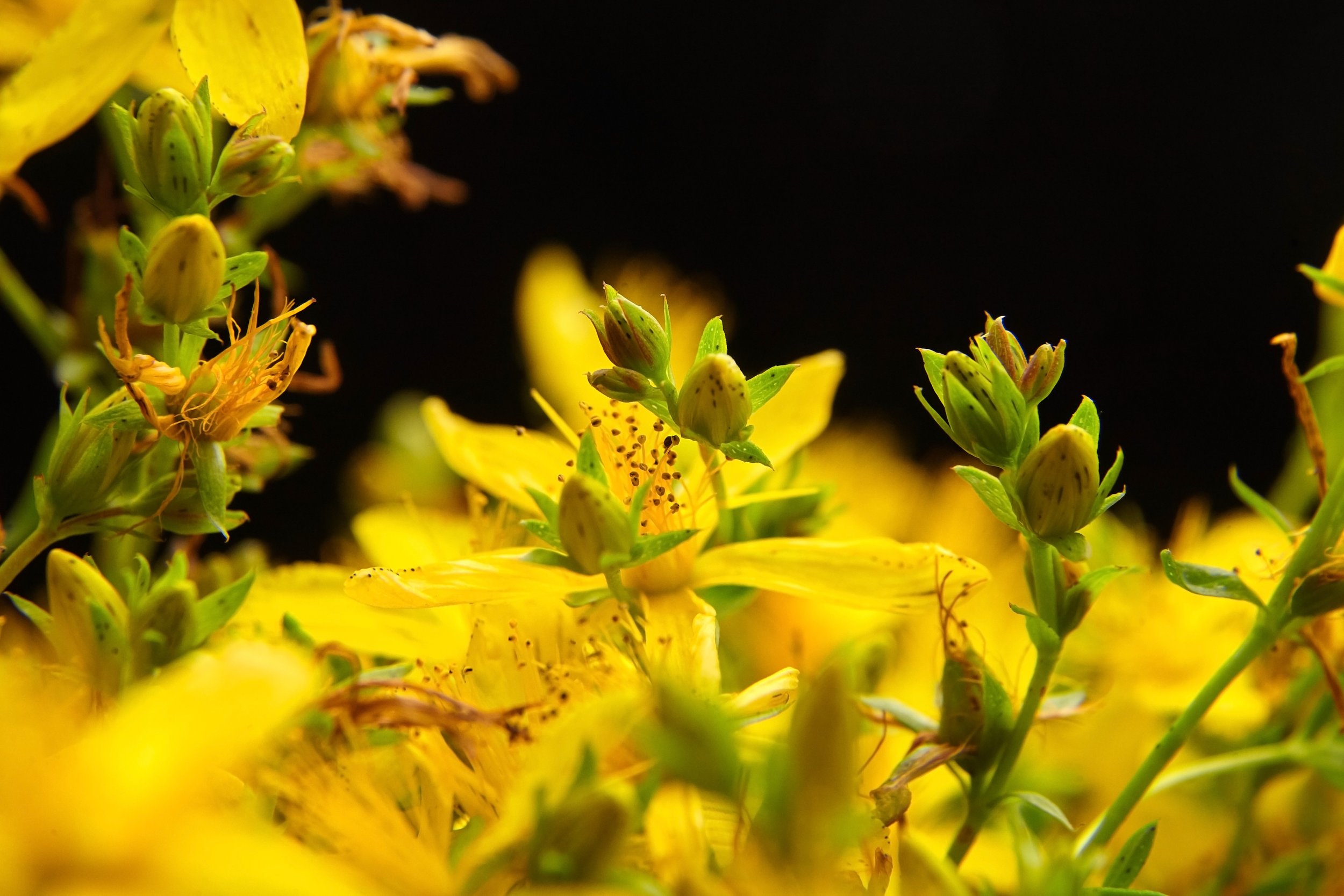
Garden Sage
Salvia officinalis, in the Labiate family, is one of the well-known and highly regarded culinary and medicinal herbs. Centuries ago, Salvia officinalis was being used for emotional, mental, and physical complaints. It also has been long associated with warding off evil.

St. John’s Wort
Hypericum perforatum, in the Hypericacea family, has a history of recorded use at least dating to the time of Dioscorides. In antiquity its Latin name comes from the Greek, meaning “over an apparition,” to convey that the herb was potent enough to drive away evil spirits.

Irish Sea Moss
Chondrus crispus is a red seaweed (though it can vary in color from pale green to a purplish brown) that has been harvested for an estimated 14,000 years. Its medicinal properties were known and documented in China in 7th century BC. Historically, it was known for its mucilaginous properties and nutritional value.
Get authentic answers to your natural health questions!
Join our growing global community of Islamic Herbal Medicine supporters. Gain the knowledge, insights, and advice you need to walk the path of wellness with confidence. Free for a limited time. Come inside for exclusive access to live webinars, special discounts on wellness programs, and 1:1 chats with our Clinical Herbalist.

